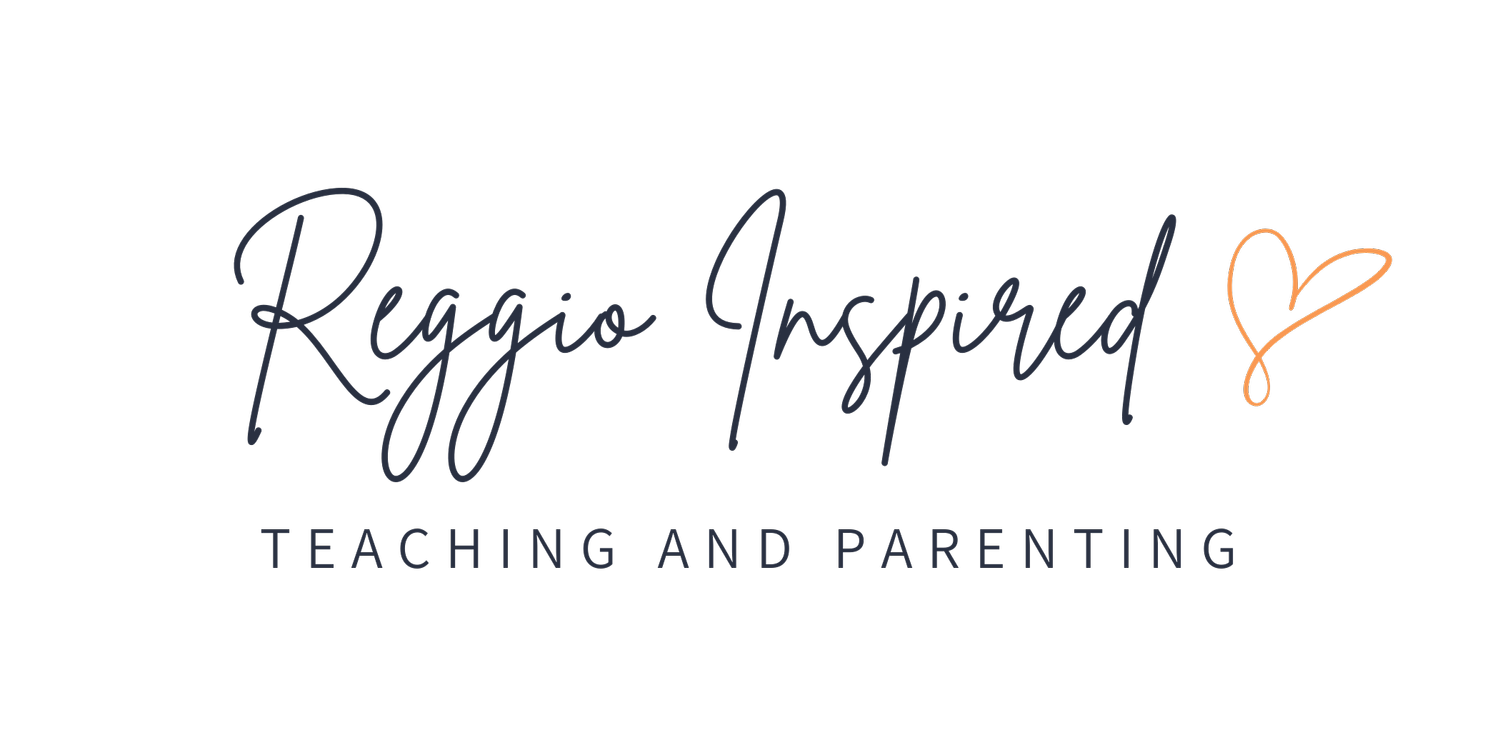How-to-Guide: Reggio-Inspired Provocations
At the heart of the Reggio Emilia approach lies the concept of provocations – these are open-ended experiences carefully crafted with materials to ignite creativity, foster exploration, and encourage inquiry in children. Provocations serve as a gateway to endless possibilities, inviting young learners to engage with their environment and express their ideas with imagination and wonder. Additionally, this article will explore the distinction between provocations and invitations.
What are provocations?
As a teacher, you can provide an array of open-ended opportunities centered around loose parts. Your interest lies in uncovering fresh and imaginative ways that children can interact and play with these materials, with a carefree approach towards the outcome – whatever unfolds, unfolds! In this role as a teacher, you are a playful companion or a curious observer. Below are some examples of provocations you can set-up in your classroom.
Examples of provocations:
Art provocation: paint and brushes alongside seashells
Sensory provocation: sand, animals, and gems
Building provocation: Cardboard tubes, cars, and blocks
Nature provocation: natural materials like leaves, twigs, and flowers alongside glue and paper
Musical provocation: bells, drums, and shakers
Tactile provocation: variety of fabrics, ribbons, and textiles
Cooking provocation: play dough, kitchen utensils, empty containers
Recycled Materials: offering a collection of recycled materials such as cardboard boxes, bottle caps, and plastic containers
Magnets: explore magnets and a mix of objects that are non-magnetic
Storytelling with Loose Parts: Combine loose parts like figurines, small objects, and natural elements
Potions: baking soda, vinegar, soap, shaving cream, water, food coloring, etc
What is an invitation?
For invitations in your classroom, consider the practice of inviting a small group of children to embark on a project-based activity shaped by your ongoing inquiry. For these type of activities, you do have more of an intended purpose with the invitation vs. a provocation is more open-ended.
Examples of invitations:
For example, if your study is exploring identity, perhaps you invite students over to a table to draw their portraits with mirrors and art supplies.
Another example is if you invte the children to make a zoo in the block area and have out the materials to encourage that type of play.
Or keep it as simple as inviting children to read a book on a topic that you are learning more about.
While you might have a general idea of your intended focus, it's important to acknowledge that the beauty of these experiences lies in the unexpected discoveries that often unfold.
Conclusion:
The most significant mindset shift to consider is shifting away from preconceived expectations with provocations. It’s important to focus on fostering curiosity, encouraging exploration, and embracing the unique learning journey of each child. By doing so, you create an environment where both provocation and invitation blend seamlessly.
Curious to learn more on how-to implement provocations in your classroom?
Explore our Reggio-Inspired courses and Reggio-Inspired Teacher Playbook to enhance your grasp of the Reggio philosophy and gain practical insights on how to implement this philosophy in your classroom.
About the Authors
Megan Haynes and Priscilla Patti are two highly experienced and qualified early childhood educators who are passionate about teaching in a Reggio-Inspired way. They firmly believe in its transformative power in early childhood education.The authors share firsthand accounts of their experiences utilizing the Reggio Emilia Approach in Fort Collins, Colorado.




